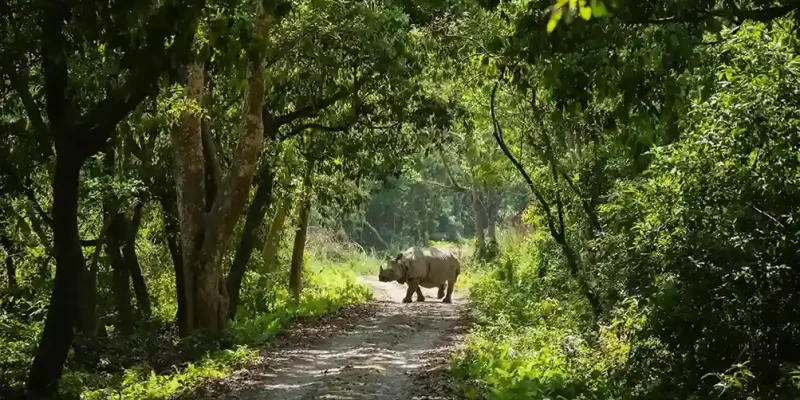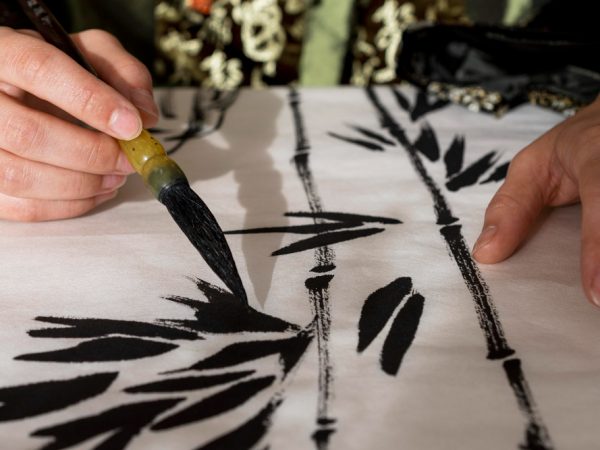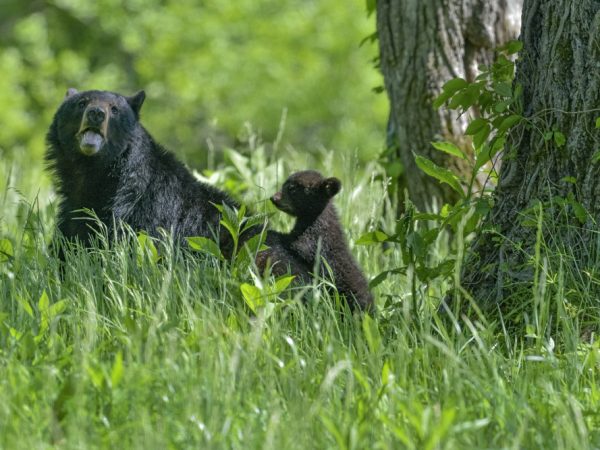Chitwan National Park: Nepal’s Wildlife Wonderland

Located in the subtropical lowlands of southern Nepal, Chitwan National Park is a UNESCO World Heritage Site and one of Asia’s premier wildlife destinations. With lush forests, expansive grasslands, and abundant rivers, it offers visitors a rare chance to experience safari-style adventures in the heart of South Asia. Whether you’re seeking close encounters with rhinos, a peaceful canoe ride, or a cultural immersion with the Tharu people, Chitwan National Park has it all.
In this guide, discover what makes Chitwan a must-visit for nature lovers, adventure seekers, and responsible tourists.
Where Is Chitwan National Park?
Chitwan National Park is situated in the Terai region of Nepal, bordering India to the south. It spans over 950 square kilometers, covering parts of Chitwan, Nawalparasi, Parsa, and Makwanpur districts.
- Nearest city: Bharatpur
- Distance from Kathmandu: ~160 km (~5–6 hours by road or 20-minute flight)
- Popular base town: Sauraha (offers lodging, dining, and park access)
Coordinates: 27.5341° N, 84.4608° E
Why Visit Chitwan National Park?
Chitwan is Nepal’s oldest national park, established in 1973, and renowned for its biodiversity and conservation success stories.
Top Reasons to Visit:
- Spot rare and endangered animals like the one-horned rhinoceros and Bengal tiger
- Experience a jungle safari in open-top jeeps or on foot
- Enjoy birdwatching with over 500 bird species recorded
- Learn about Tharu culture through traditional dance and village tours
- Take peaceful canoe rides along the Rapti or Narayani rivers
A true haven for eco-tourism, Chitwan offers both adventure and sustainability.
Wildlife in Chitwan National Park
Chitwan is home to some of the most impressive wildlife in Asia:
| Animal | Status |
| One-horned rhinoceros | Endangered (over 600 in Chitwan) |
| Bengal tiger | Vulnerable (around 100 estimated) |
| Sloth bear | Vulnerable |
| Asian elephant | Endangered |
| Gharial crocodile | Critically endangered |
| Leopards, deer, wild boar | Common sightings |
| Over 500 bird species | Including hornbills, kingfishers, and eagles |
The park is a stronghold for rhino conservation, making it one of the best places in the world to see them in the wild.
Top Things to Do in Chitwan National Park
Jeep Safari
Explore the park with expert naturalists in a 4×4 vehicle. Morning and evening safaris offer the best chance to spot tigers, rhinos, and elephants.
Canoe Ride
Drift silently on the Rapti River to spot crocodiles, birds, and aquatic life — a serene and scenic way to experience the park.
Jungle Walk
Guided jungle treks range from a few hours to full-day hikes. Perfect for spotting smaller wildlife and learning about plants and insects.
Elephant Breeding Center
Visit the center near Sauraha to learn about Nepal’s elephant conservation efforts. Note: Ethical concerns about elephant rides have led many operators to discontinue them.
Tharu Cultural Program
Experience traditional dances, fire shows, and storytelling by the indigenous Tharu community — deeply connected to the land for centuries.
Where to Stay Near Chitwan National Park
Chitwan offers a range of accommodations from budget hostels to luxury eco-lodges. Most visitors stay in:
Sauraha
- Popular, lively, and close to the main park entrance
- Great for restaurants, cafes, and cultural shows
- Examples: Hotel Parkland, Jungle Safari Lodge
Meghauli
- More remote, high-end lodges, private safaris
- Luxury eco-resorts: Barahi Jungle Lodge, Meghauli Serai – A Taj Safari
Booking in advance is recommended, especially in peak season (Oct–Mar).
Best Time to Visit Chitwan National Park
| Season | Months | Highlights |
| Winter | Oct–Mar | Cool, dry weather; best wildlife viewing |
| Spring | Apr–May | Hot and dry; increased animal sightings |
| Monsoon | Jun–Sept | Park partly closed; lush but leech-prone |
For the best chance of spotting tigers and rhinos, visit in early spring or late winter.
Eco-Tourism & Responsible Travel
Chitwan National Park has become a model for community-based conservation. Visitor fees help fund:
- Wildlife protection efforts
- Anti-poaching patrols
- Education and healthcare in surrounding villages
- Tharu community empowerment
Choose ethical operators who avoid elephant riding and prioritize conservation-based tours.
Conclusion
Whether you’re searching for rare wildlife, seeking a cultural connection, or simply looking to escape into nature, Chitwan National Park delivers one of the best safari experiences in Asia — and all within reach of the Himalayas.
Ready for adventure? Plan your journey to Chitwan today and discover Nepal’s wild side.
FAQs
1. What is Chitwan National Park famous for?
Chitwan is best known for its one-horned rhinos, Bengal tigers, and immersive jungle safaris.
2. How do I get to Chitwan National Park from Kathmandu?
Take a domestic flight (20 minutes), tourist bus (6–7 hours), or private vehicle to Sauraha or Meghauli.
3. Is Chitwan safe for tourists?
Yes, it’s very safe with guided tours led by trained naturalists and rangers. Stick to official trails and follow instructions.
4. Can I see tigers in Chitwan?
Yes, though rare, tiger sightings are possible — especially during the dry season. Jeep safaris offer the best chance.
5. What should I pack for Chitwan?
Light clothing, sturdy shoes, insect repellent, a hat, sunblock, and binoculars are essential.
Also read: Travel Makeup: Essentials, Tips & Packing Guide for Beauty on the Go











